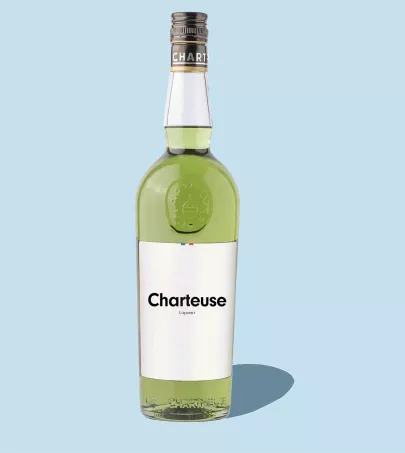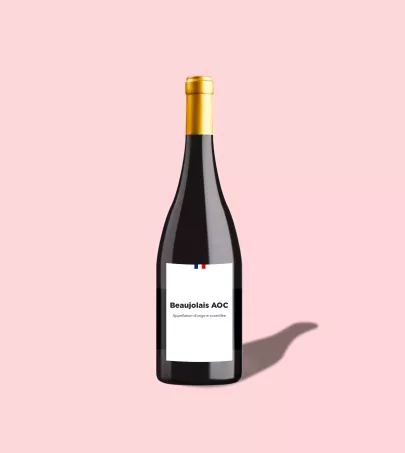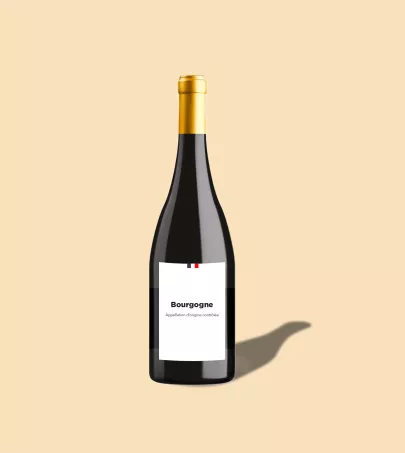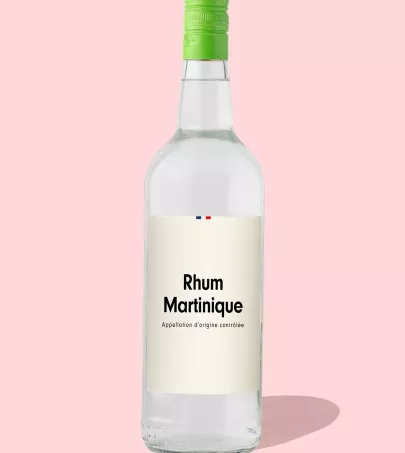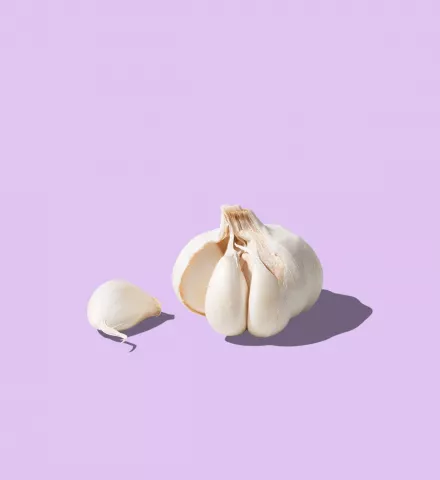
Crème de Cassis
Bourgogne Franche-Comté
Crème de cassis is a blackcurrant liqueur often paired with white wine to make a kir. Since the 19th century, this liqueur has been loved in France and beyond. Its manufacturing process has stayed the same: blackcurrant berries are soaked in alcohol, then the juice is extracted, and sugar is added. Two PGIs (Protected Geographical Indications) set the rules for Crème de Cassis de Dijon and Crème de Cassis de Bourgogne. Choose your favourite!
Lo que hay que saber
What is Crème de Cassis?
Blackcurrant liqueur, a descendant of the ratafias, quickly became popular in France. Created in 1841, it soon appeared in many cafés. In fact it was a café waiter who invented the "blanc-cass'", which was particularly appreciated by Dijon’s deputy mayor a certain Félix…Kir. Who would later give his name to the famous drink.
Today, there are two PGIs for Crème de Cassis de Dijon and Crème de Cassis de Bourgogne, established in 2013 and 2015. Both liqueurs are made by cold-soaking berries in alcohol, then adding sugar to make a liqueur with at least 15% alcohol.
Crème de Cassis de Bourgogne vs Crème de Cassis de Dijon
Crème de Cassis de Bourgogne differs from Crème de Cassis de Dijon in a few ways. It has a larger designation area, a shorter soaking period (3 weeks), and higher minimum sugar (450g/l) and fruit content (250g/l). The Noir de Bourgogne blackcurrant variety is favoured by makers and customers alike. As demand grows, so does the popularity of this delightful liqueur.
Beyond the Kir: Surprising Ways to Use Crème de Cassis
Crème de Cassis is best known internationally for the classic Kir cocktail, but it has many more uses. Its sweet, tart flavour and rich colour makes it perfect for both savoury and sweet recipes.
Savoury Dishes
- Glazes and Sauces: Crème de Cassis adds depth to sauces for duck, pork and game meats. The sweetness balances the richness, with a hint of acidity from vinegar or citrus.
- Salad Dressings: Add a splash of Crème de Cassis to vinaigrettes for a fruity twist, especially with balsamic vinegar and walnut oil.
- Marinades: Use it in marinades for lamb or chicken. It tenderizes the meat and adds a hint of berry flavour.
Sweet Treats
- Fruit Compotes and Sauces: Sweeten berries or stone fruits with Crème de Cassis. It’s delicious over cakes or ice cream.
- Baking Enhancer: Add a twist to cakes, muffins or cookies by using it in the batter or glaze.
- Ice Cream and Sorbet: Swirl Crème de Cassis into vanilla ice cream or use it in sorbets.
Get Creative
Don't be afraid to experiment. Crème de Cassis can transform everyday dishes into something special.
The Terroir of Crème de Cassis: How Location Shapes flavour
Just like wine, the flavour of Crème de Cassis is influenced by where it’s made. Dijon and Burgundy are famous for their Crème de Cassis, each with its own flavour.
Crème de Cassis de Dijon
- Terroir: Dijon’s cooler climate and clay-limestone soils produce blackcurrants with a more acidic flavour.
- Flavour: Bright and fresh with a slightly tart finish, good for cocktails.
Crème de Cassis de Bourgogne
- Terroir: Burgundy’s warmer climate and limestone soils produce blackcurrants with a riper, sweeter flavour.
- Flavour: Rich and jammy with a velvety texture, good on its own or in desserts.
Beyond Dijon and Burgundy
While Dijon and Burgundy are the most famous regions for crème de cassis, other areas in France and internationally produce noteworthy expressions. Discover other regions where small batch producers make their own Crème de Cassis with unique flavours.
The History of Crème de Cassis
Crème de Cassis is more than just a liqueur; it’s a piece of French history. From its humble beginnings to its status as a regional icon, it’s a story to be savored.
From Ratafia to Crème de Cassis
Crème de Cassis started as ratafia, a homemade fruit liqueur in rural France. Early versions used blackcurrants and brandy, laying the foundation for the refined liqueur we enjoy today.
The Birth of a Classic
In the 19th century, producers in Dijon and Burgundy perfected Crème de Cassis, making these regions famous for the liqueur.
Kir: The Cocktail with a Story
The Kir cocktail, a mix of Crème de Cassis and white wine, was popularized by Canon Félix Kir, the post-WWII mayor of Dijon, to promote local products.
Crème de Cassis Today
Today, Crème de Cassis is still a beloved part of French culture, enjoyed in cocktails, desserts, and as a symbol of regional pride. Its journey from a simple ratafia to an iconic liqueur is a testament to its enduring charm.
Características
Aroma
Color
Paladar
Nutrición y propiedades
Crème de Cassis is very rich in sugar but retains some of the vitamins and antioxidants from the fruit. Nevertheless, be sure to enjoy it in moderation.
Nota de la redacción
Cómo se utiliza
Conservation
You can store Crème de Cassis for months, or even years, so long as it's in a cool, dry place away from heat and light.
Preparation
None: the Crème de Cassis is just waiting for you!
Use
In addition to the famous kir and other cocktails, crème de cassis flourishes as a deglazing liquid on a just-seared strong meat, wonderfully accompanies fruits cooked in syrup or in the oven, elevates a simple scoop of vanilla ice cream...
Para ser emparejado con
Try it with pan-fried duck breast, pears in syrup, roasted figs... or of course with Bourgogne Aligoté or Crémant de Bourgogne to make a classic kir.




